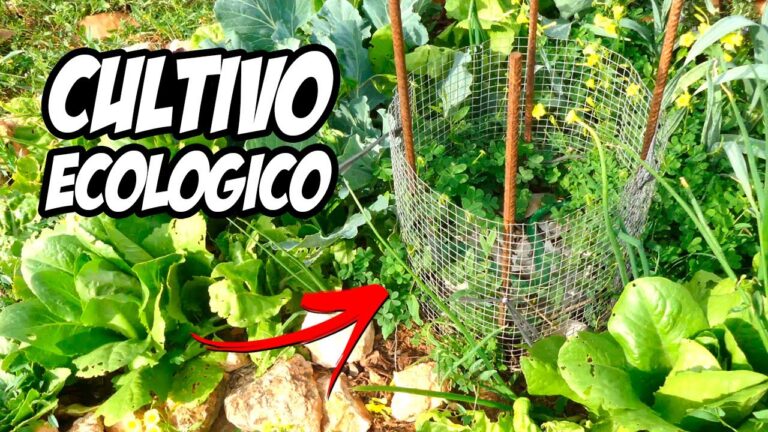Bendy y la máquina de tinta
Alemán, R., Freire, J., & Iparraguirre, M., 2015. Rescate de las prácticas agrícolas ancestrales y agricultura tradicional campesina para promover la producción sostenible a nivel familiar: la Chacra diversificada del CIPCA. Huellas del Sumaco Revista socioambiental de la Amazonía Ecuatoriana, 14: 6-11.
Altieri, M., Funes-Monzote, F., & Petersen, P., 2011. Sistemas agrícolas agroecológicamente eficientes para pequeños agricultores: contribuciones a la soberanía alimentaria. Agronomía para el Desarrollo Sostenible, 32: 1-13. https://doi.org/10.1007/s13593-011-0065-6
Barreau, A., 2014. Narrating changing foodways: wild edible plant knowledge and traditional food systems in Mapuche lands of the Andean Temperate Forests, Chile. Tesis de maestría, Facultad de Silvicultura, Universidad de Columbia Británica, Vancouver.
Barreau, A., Ibarra, J.T., Wyndham, F.S., Rojas, A. &. Kozak. R.A., 2016. Cómo enseñar a nuestros hijos si no podemos acceder al bosque? Cambio generacional en el conocimiento mapuche de plantas silvestres comestibles en ecosistemas templados andinos de Chile. Revista de Etnobiología, 36(2): 412-432. https://doi.org/10.2993/0278-0771-36.2.412
MTB Descent along the paths of Barranco Jaroso 2018
Plan of Madrid in 1702 by Nicolas De Fer. Published by Pierre Mortier. In it, the area outside the walls of the portillo de Recoletos appears as uncultivated land. The plan is prior to the purchase of the land by Loinaz.
Acquired by Martín de Loynaz,[note 5] and his wife, María Isabel de Bustamante y Guevara[10] in 1758,[1][note 6] it occupied, until its urbanization in the mid-19th century, part of the fertile land of the stream of the Fuente Castellana stream, [8][note 7] to the east -although separated from it by a fence or wall- and that went from the vicinity of the portillo[13] or Recoletos gate[8] to the south (currently corresponding to the Plaza de Colón), going up the Ronda de Recoletos (current Calle de Génova) to the Puerta de Santa Bárbara, the highest point of the Villa,[4] being the current Calle de Almagro its boundary to the west. 14] It thus formed a triangle with an extension of more than half a hundred bushels.[15][note 8][note 8] The area of the town was a triangle of more than half a hundred bushels.
At the beginning of the 19th century, the Diario de Madrid periodically published lease notices for the plots adjoining the orchard of Loinaz or Loynaz (“… located at the exit of the Puerta de Recoletos, bordered on the east by the stream that runs down to said Puerta, on the west by the walls of the orchard of Loynaz, on the immediate north by a water ark and the road that runs down from the Puerta de Santa Bárbara…”):
Mariano López
La hora actual en Las Huertas es 12:44 (domingo). La zona horaria local se denomina América / Ciudad de México con un desfase de -6 horas UTC. Conocemos 9 aeropuertos cerca de Las Huertas, de los cuales 2 son aeropuertos más grandes. El aeropuerto más cercano en México es el Aeropuerto Internacional de Ixtapa Zihuatanejo en una distancia de 4 mi (o 7 km), Sureste. Además de los aeropuertos, hay otras opciones de viaje disponibles (consulte el lado izquierdo).
Durante su estancia aquí, quizá desee visitar algunas de las siguientes localidades: Petatlán, La Unión, Coahuayutla de Guerrero, Tecpan de Galeana y Churumuco de Morelos. Para explorar más a fondo este lugar, sólo desplázate hacia abajo y consulta la información disponible.
Mariano López – UFO (filmed from a drone)
It has a warm temperate climate and is more demanding in temperature than the tomato. The optimum temperature for germination is 20-25°C. Optimum plant development occurs at temperatures of 20-24°C during the day and 16° to 18°C during the night. Below 15°C its growth is affected. It adapts to many types of soil but prefers well-drained, good initial fertility, low salinity and slightly acidic.
Due to low temperatures in July and August, the seedlings should be protected with shelters or covers. Normally the seedbeds are made using black polyethylene pots (it is estimated that for each square meter of pots and placing 1 seed per pot, 1 gram of seed is needed).
For the seedbed should be used 10 to 15 grams of seeds per m2 of the same, with which you can get 700 to 1,000 plants per m2. Transplanting should be done when the seedlings have developed at least 4 or 5 leaves (10 to 12 cm high) and should be done before the roots begin to surround the inside of the pot.

